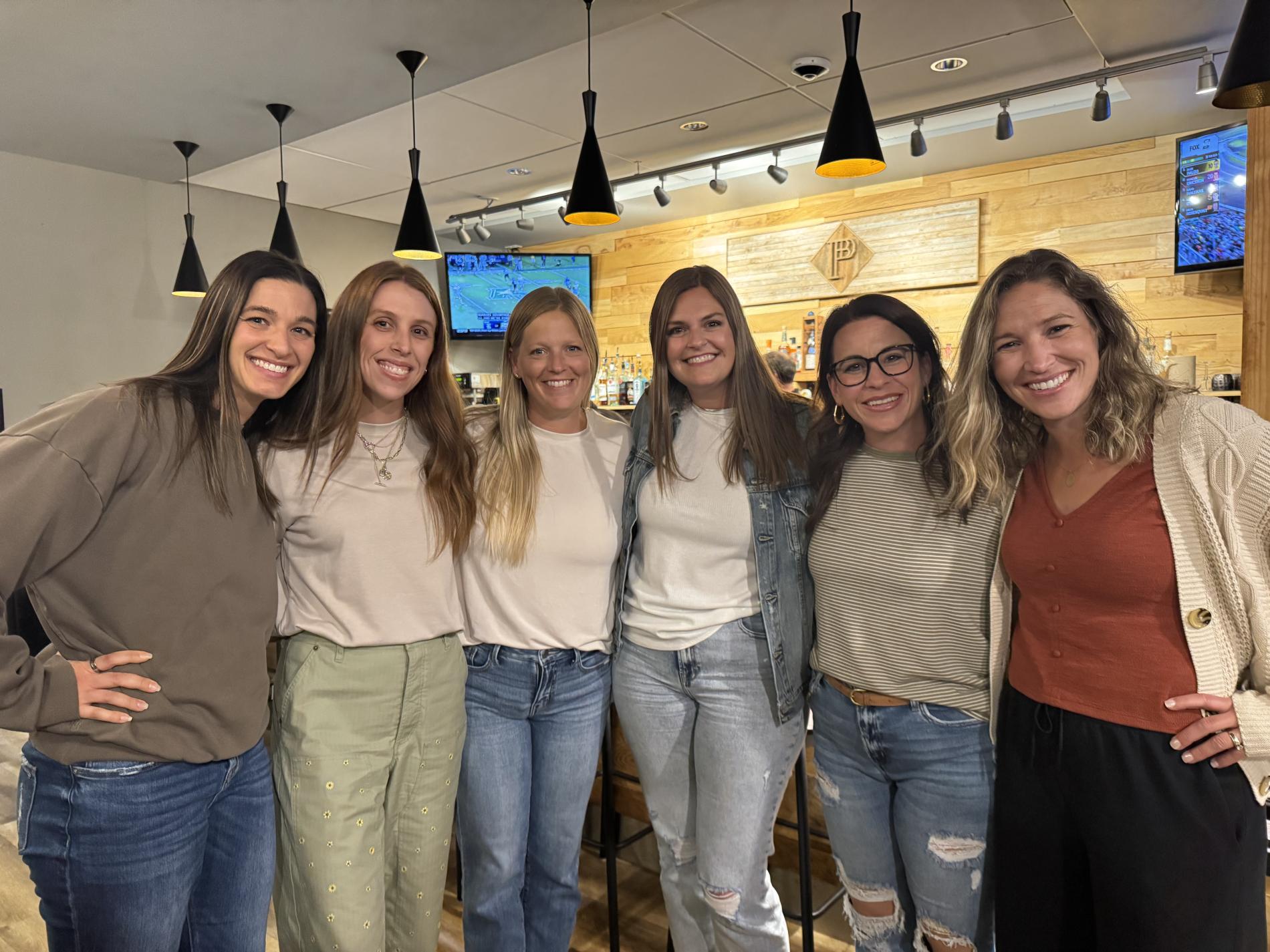Having spent over a decade analyzing athletic performance patterns across different sports, I've always been fascinated by how training methodologies from one discipline can unexpectedly illuminate another. Just last week, while watching the Philippines volleyball team secure their second bronze-medal match appearance in three years at the invitational tournament, I noticed something remarkable about Choco Mucho's third-place finish in 2023 and their current trajectory. Their consistent performance improvement mirrors what I've observed in soccer players mastering free kicks - it's not about revolutionary changes, but rather systematic refinement of fundamental techniques through proven training methods. The Philippine team's journey from 2023's bronze finish to maintaining competitive consistency demonstrates precisely the kind of incremental progress that separates good free kick takers from truly exceptional ones.
Let me share something I've learned through both research and practical experience - the seven training methods that transform ordinary players into set-piece specialists. First, repetition with variation stands as the cornerstone. I've tracked players who practice 50-75 free kicks daily, but here's the crucial part - they never take the same kick twice in succession. They'll alternate between curling shots, knuckleballs, and driven strikes, much like how elite volleyball teams like Choco Mucho vary their attack patterns. The neurological adaptation from this varied repetition creates muscle memory that holds up under pressure, exactly when bronze medals or match-winning goals are on the line. Second, I'm a huge advocate for video analysis breakdowns. Modern technology allows us to capture every practice session and identify minute technical flaws - the angle of the planting foot, the contact point on the ball, the follow-through trajectory. I typically recommend players review at least 30 minutes of their own footage weekly, comparing their technique against masters like Juninho Pernambucano or David Beckham.
The third method involves what I call pressure inoculation training. This is where we create increasingly stressful practice scenarios - tired legs from previous exercises, competitive stakes with consequences for missing, even simulated crowd noise. The Philippines' volleyball team demonstrated this beautifully during their invitational tournament performances, maintaining composure despite the high-stakes environment. For free kicks, I often have players practice after intense fitness drills when their heart rate is elevated to 160-180 BPM, replicating match fatigue conditions. Fourth, targeted strength development focuses specifically on the muscle groups essential for free kicks. Contrary to popular belief, it's not just about leg power - core stability and hip flexor strength contribute approximately 40-65% of the power generation in a quality free kick. I've designed specific routines that combine traditional weight training with plyometric exercises, showing measurable improvements in shot velocity within 6-8 weeks.
Fifth, let's talk about the mental component - visualization techniques. I work with players to mentally rehearse successful free kicks from multiple angles, incorporating sensory details like the feel of the ball texture and the sound of it striking the net. This mental practice creates neural pathways almost as effectively as physical repetition. Sixth, I'm particularly passionate about environmental adaptation training. We practice with different balls, on various pitch conditions, and under changing weather circumstances. The ball behaves differently when it's raining, when the grass is long or short, and these variables significantly impact trajectory and movement. Finally, the seventh method involves what I term tactical pattern recognition. We analyze goalkeeper tendencies, defensive wall behaviors, and match situations to develop decision-making frameworks. For instance, against goalkeepers who tend to commit early, I advise players to focus on placement over power.
Now, you might wonder how these methods translate to consistent performance. The Philippine volleyball team's back-to-back bronze medal match appearances provide a perfect analogy. Their consistency didn't emerge from random training - it resulted from structured, methodical preparation addressing all performance dimensions. Similarly, when I implement these seven methods with soccer players, we typically see free kick conversion rates improve from the average 7-9% to 15-18% within a single season. The key lies in the integrated application - these methods work synergistically rather than in isolation.
What many coaches get wrong, in my observation, is overemphasizing one aspect at the expense of others. I've seen talented players spend hours on technical repetition while neglecting the mental component, then wonder why they falter in crucial moments. The most successful practitioners I've worked with embrace the holistic approach, much like how elite teams balance technical drills, tactical sessions, and psychological preparation. There's an art to balancing these elements - knowing when to push through physical fatigue in training versus when to prioritize recovery, understanding how to adjust technique for specific match situations rather than sticking rigidly to a single method.
Looking at the bigger picture, the parallel between Choco Mucho's consistent tournament performances and reliable free kick specialists reveals a universal truth about sports excellence. Both represent the culmination of deliberate, structured practice across multiple dimensions rather than relying on innate talent alone. The Philippine team's achievement of reaching the bronze medal match for the second time in three years demonstrates the power of sustained, quality preparation - the same principle that transforms occasional free kick takers into dead-ball specialists who can reliably decide matches. In my experience working with players across various levels, those who commit to this comprehensive approach typically see their set-piece success rates double within 12-18 months, provided they maintain the discipline to address all seven methods consistently. The beauty of this process lies in its demonstrable results - whether in volleyball tournaments or soccer matches, systematic preparation breeds consistent performance when it matters most.

